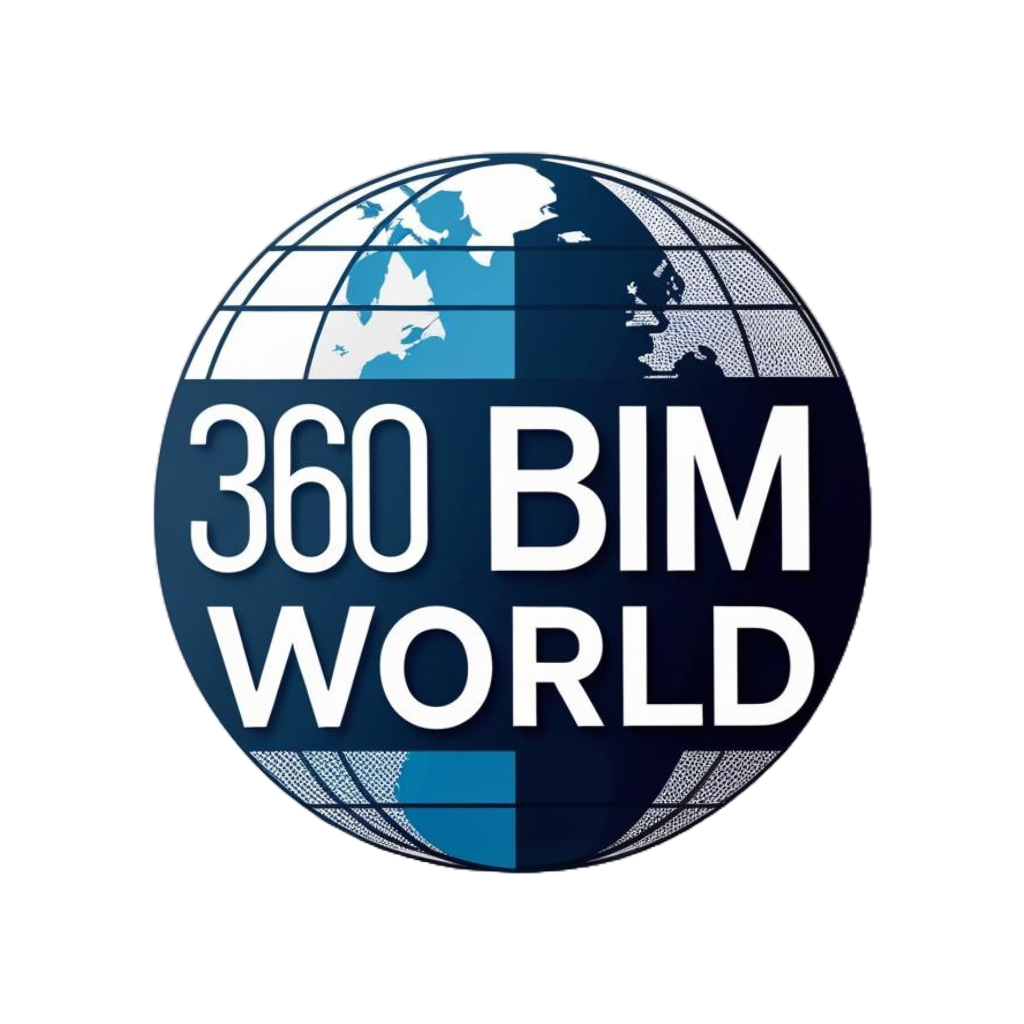Malaysia isn’t just dipping its toes in digital construction—it’s basically cannonballing into the deep end. The new BIM policy? It’s a game-changer. The CIDB (Construction Industry Development Board, for the uninitiated) is rolling out a 2025 update where BIM is no longer just a “nice to have” for public projects—it’s mandatory. No more clinging to blueprints like it’s 1997.
This whole thing plugs right into the country’s Construction 4.0 master plan and their Digital Construction Roadmap. The big idea? Get rid of the chaos, cut down on wasted time and materials, and actually build stuff that makes sense for the future. Wild, right?
Building Information Modeling (BIM) is an intelligent 3D model-based process that gives architecture, engineering, and construction (AEC) professionals the tools to plan, design, construct, and manage buildings and infrastructure more efficiently.
With BIM, teams can collaborate better, reduce errors, and build sustainably — which is why it’s a key pillar in Malaysia’s construction digitization strategy.
Key Highlights of Malaysia’s BIM Adoption Plan 2025
1. Mandatory BIM in Public Projects
- All federal-funded projects over RM 20 million must use BIM Level 2.
- Gradual expansion to state-level and private sector projects is ongoing
2. CIDB’s BIM eSubmission System
- A centralized platform for BIM model submission, compliance checks, and approvals.
- Similar to Singapore’s CORENET, this digital gateway simplifies regulatory submissions.
3. Updated National BIM Standard (NBIMS-MY 2.0)
- Revised to align with ISO 19650.
- IT Covers Data formats, LOD (Level of Detail) , BIM execution plans(BEP) , Model coordination protocols
4. Mandatory BIM Training & Certification
- CIDB mandates certification for BIM-related roles:
- BIM Managers
- BIM Coordinators
- BIM Modelers
- Grants and subsidies are available to SMEs for BIM upskilling.
5. BIM in Contracts & Procurement
- Public Works Department (PWD) has standardized BIM clauses in tenders.
- BIM deliverables are part of the contract scope.
6. Link to Sustainability & IBS
- BIM adoption is integrated with:Green Building Index (GBI), Industrialized Building System (IBS)
- Encourages energy-efficient designs, prefab construction, and life-cycle planning.
Strategic Benefits of Malaysia’s BIM Policy
| Objective | Impact |
| 🚀 Digital Transformation | Promotes Industry 4.0 technologies in construction |
| 📉 Cost Reduction | Reduces rework and project delays |
| 🧠 Smart Decision-Making | Enables data-driven planning and asset management |
| 🌍 Sustainability | Supports green infrastructure and net-zero targets |
| 🌐 Global Competitiveness | Equips Malaysian firms to compete in international markets |
Notable BIM-Based Projects in Malaysia
- Kuala Lumpur-Singapore High-Speed Rail
- MRT3 Circle Line (Klang Valley)
- TRX Financial District (Kuala Lumpur)
- Penang Smart City Infrastructure
- Digital Johor Bahru Upgrades
These projects demonstrate how BIM enhances coordination, improves stakeholder collaboration, and ensures project success.
Roadmap & Timeline for BIM Adoption
| Year | Milestone |
| 2014 | Launch of NBIMS-MY (1.0) |
| 2020 | Digital Construction Roadmap begins |
| 2023 | Pilot projects for BIM eSubmission |
| 2025 | BIM Level 2 mandatory in public projects |
| 2030 | Targeted rollout of BIM Level 3 (cloud-based + digital twin integration) |
Malaysia’s BIM adoption policy is a landmark move that sets a strong foundation for a smarter, greener, and more efficient construction future. From digitized workflows to better project outcomes, BIM is revolutionizing how buildings and infrastructure are delivered.
As BIM becomes a non-negotiable standard, now is the time for construction stakeholders to invest in training, software, and processes to stay ahead.
Frequently asked Questions:
1. What is Malaysia’s new BIM adoption policy in 2025?
Malaysia’s 2025 BIM adoption policy mandates the use of BIM Level 2 for all federal-funded construction projects over RM 20 million, along with updated standards and digital submission processes through CIDB.
2. Is BIM mandatory for construction projects in Malaysia?
Yes, as of end of 2025, BIM is mandatory for all federal public construction projects valued above RM 20 million. Other sectors are being encouraged to adopt BIM through incentives.
3. What is BIM Level 2, and why is it required in Malaysia?
BIM Level 2 involves managed 3D models with shared data formats and collaboration between stakeholders. It’s required in Malaysia to improve project delivery, reduce costs, and ensure better coordination.
4. What is NBIMS-MY 2.0?
NBIMS-MY 2.0 is Malaysia’s updated National BIM Standard, aligned with ISO 19650, outlining BIM guidelines for data management, LOD, model coordination, and collaboration protocols.
5. Who oversees BIM implementation in Malaysia?
The Construction Industry Development Board (CIDB) is the main authority responsible for BIM policy, implementation, training, and the new BIM eSubmission platform.
6. What is the CIDB BIM eSubmission platform?
CIDB’s BIM eSubmission is a centralized digital system for submitting BIM models to regulatory bodies. It supports automated checks and speeds up approvals for public construction projects.
7. Do construction professionals need BIM certification in Malaysia?
Yes, CIDB now requires certification for BIM Coordinators, Managers, and Modelers to ensure quality standards and proper use of BIM processes across all major projects.
8. How does Malaysia’s BIM policy support sustainability?
BIM enables energy modeling, life-cycle analysis, and integration with green building tools, supporting Malaysia’s sustainability goals under the Green Building Index (GBI) and net-zero targets.
9. How can SMEs adopt BIM cost-effectively in Malaysia?
SMEs can access CIDB grants, subsidized training, and public resources to adopt BIM tools and processes. Cloud-based BIM software and open-source solutions are also encouraged.
10. What are the benefits of BIM for contractors and developers in Malaysia?
BIM improves project coordination, reduces rework, saves costs, enables better asset management, and enhances project timelines and quality—making it a key competitive advantage.


Leave a Reply